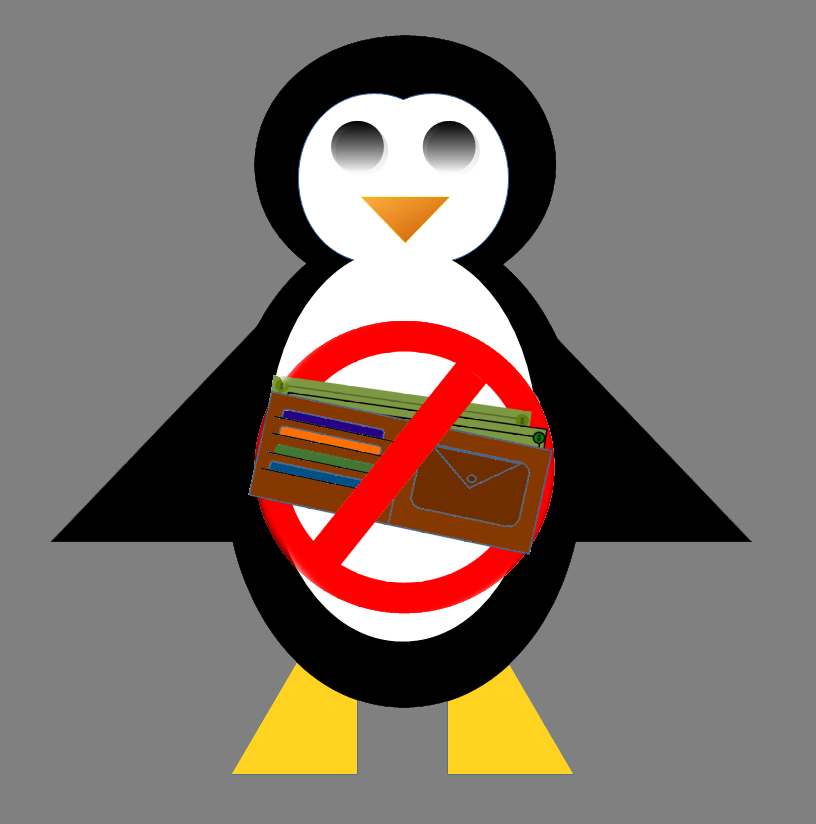



We look at the Windows Preferences.
We first look at the Alt-tab functionality with and without the thumbnails.
Then we look at the Select window when mouse moves over (and raise window after an interval).
We look at the Titlebar Roll up action and hot to move a window by grabbing anywhere in the window (while pressing alt)
The check box to center a new window on open and how the side by side tiling windows snapping feature works.
Power Management dialog box can be accessed by itself, or from the Screensaver dialog box.
We first talk about the original purpose of a Screen Saver and that it was originally created to show constantly moving graphics or text, or constantly changing photos, to prevent text or a graphic from displaying so log, it would get burnt into the display.
Images and text wont burn into today's LCD screens, but screen savers are still fun and a good way to lock your screen.
We look at the default Linux Mint Mate screen savers of a Blank screen, Random, Floating GNOME, Floating MATE, Pictures folder, and Pop art squares.
We notice that when we have the screen saver set to Picture folder, it will show ALL pictures in the picture folder, including all sub-folders.
We look at the full screen preview and try the different screen savers in full screen mode then we leave full screen mode. We look at the slider to set the idle time and the check-box to activate a screen saver when the idle time is reached (or not activate a screen saver if the check-box is unchecked) and whether or not to ask for a password when a screen saver is active.
We look at adding more screen-savers from the software manager, and I recommend the rss-glx screen savers if you want to add more. I advise NOT to add in the kscreensaver, at least not at this time, because it adds in the KDE desktop. After we talk about adding desktops, you can decide if you want to add in the kscreensaver or not.
Then we look at the Power Management Preferences.
The first tab is "On AC Power"
In the Actions section, we have a few choice to put the computer to sleep or not and whether or not to spin down the hard drive and we talk about the advantages and disadvantages of that. We can also put the display to sleep after a period of time (or not) depending on what we are using our computer for.
If you have a Laptop, you will get an extra tab for "On Battery Power", we can still put the computer to sleep (or not). We also have a setting for when our computer battery is critically low. We can go into suspend which is sleep mode; or hibernate. The difference is sleep mode goes into a low voltage mode and keeps everything in memory, if the battery loses the charge, everything is lost. Hibernate will store what is in memory onto the hard drive and shutdown the computer. You will have to power up and go through grub before your computer is restored to the state it was in.
Then we look at the General Tab and see the first action is what to do when the power button is pressed, should the computer, ask what to do? Go into sleep mode, hibernate, or just shutdown.
You need a suspend button on your keyboard, or a key set as suspend mode to set that functionality.
The settings for the battery icon can also be set from this tab.
The last thing we look at is back on the Laptop "On Battery Power" tab, we see the check-box for Reduce Backlight Brightness - when this is checked it will reduce the background brightness to save energy and make your battery last longer.